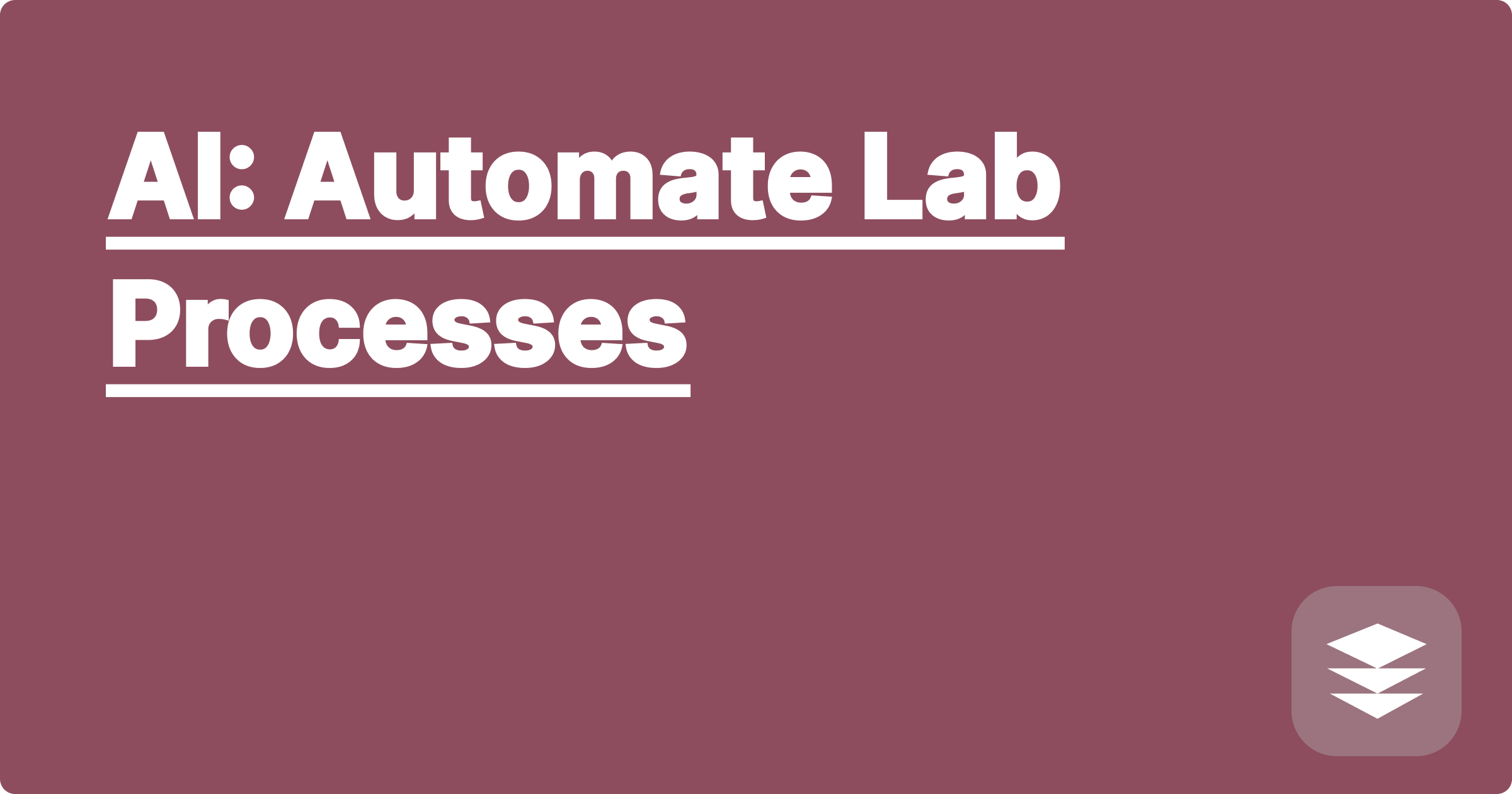
The modern STEM landscape is characterized by increasingly complex challenges, demanding more efficient and innovative approaches to research and experimentation. Traditional lab processes often involve repetitive, time-consuming tasks that can hinder progress and limit the scope of investigation. Artificial intelligence offers a transformative solution, providing the potential to automate these processes, freeing up researchers to focus on higher-level analysis and accelerate scientific discovery. From automating data collection and analysis to optimizing experimental design and even controlling lab equipment, AI is poised to revolutionize how STEM research is conducted.
This shift towards AI-driven automation has profound implications for STEM students and researchers. Mastering these new tools and techniques is no longer optional but essential for remaining competitive in the evolving scientific landscape. Understanding how to leverage AI for lab automation can significantly enhance research productivity, improve data accuracy, and open up new avenues for exploration. By embracing these technologies, students and researchers can gain a significant edge, accelerating their progress and contributing more effectively to their respective fields.
Many STEM fields involve complex and time-consuming lab procedures. These can range from tedious tasks like preparing samples and calibrating instruments to more complex operations such as running simulations and analyzing large datasets. These processes often require significant manual effort, prone to human error, and can create bottlenecks in the research workflow. Furthermore, the sheer volume of data generated in modern experiments can be overwhelming, making it difficult to extract meaningful insights using traditional methods. This data deluge necessitates advanced analytical tools capable of processing and interpreting information at scale, a challenge that AI is uniquely positioned to address. The lack of efficient automation also limits the number of experiments that can be conducted, hindering the exploration of different parameters and potentially delaying breakthroughs. Finally, traditional methods often lack the flexibility to adapt to changing experimental conditions or incorporate new data streams, further limiting their effectiveness in dynamic research environments.
AI-powered tools like ChatGPT, Claude, and Wolfram Alpha offer a powerful suite of capabilities for automating various aspects of lab processes. ChatGPT and Claude, for instance, excel at natural language processing, making them ideal for tasks like automating literature reviews, generating experimental protocols, and even writing reports. These tools can sift through vast amounts of scientific literature, identifying relevant information and summarizing key findings, saving researchers countless hours of manual searching and reading. Wolfram Alpha, with its focus on computational knowledge, is particularly well-suited for tasks involving data analysis, symbolic computation, and generating visualizations. It can be used to automate complex calculations, analyze experimental data, and create insightful graphs and charts, providing researchers with a deeper understanding of their results. By combining the strengths of these different AI tools, researchers can create comprehensive automation pipelines that streamline their entire workflow, from experimental design to data analysis and reporting.
Imagine a researcher studying the effects of a particular drug on cell growth. The first step might involve using ChatGPT or Claude to review existing literature on the drug and its target pathways. The AI can summarize key findings, identify potential experimental approaches, and even generate a draft experimental protocol. Next, the researcher could use Wolfram Alpha to design the experiment, optimizing parameters like drug concentration and incubation time based on existing data and theoretical models. During the experiment, AI-powered instruments can automatically collect data, such as cell counts and growth rates. This data can then be fed into Wolfram Alpha for automated analysis, generating statistical summaries, identifying trends, and creating visualizations. Finally, ChatGPT or Claude can be used to generate a report summarizing the findings, incorporating the analyzed data and relevant literature references. This integrated approach significantly reduces manual effort, increases efficiency, and minimizes the risk of human error.
Consider the formula for calculating cell growth rate: Growth Rate = (ln(Nt) - ln(N0)) / t, where Nt is the final cell count, N0 is the initial cell count, and t is the time elapsed. Wolfram Alpha can automate this calculation, processing large datasets of cell counts and generating growth curves over time. Furthermore, AI can be used to analyze microscopy images, automatically identifying and counting cells, eliminating the need for manual counting. In genomics research, AI can automate the process of DNA sequencing analysis, identifying mutations and predicting their potential impact. For example, a code snippet in Python using a library like Biopython could be integrated with Wolfram Alpha to analyze gene expression data and identify differentially expressed genes. These practical applications demonstrate the versatility of AI in automating diverse lab processes across various STEM disciplines.
Successfully integrating AI into academic work requires a strategic approach. Students and researchers should focus on developing a strong understanding of the capabilities and limitations of different AI tools. Experimenting with various platforms and exploring their functionalities is crucial for identifying the best tools for specific tasks. It is also essential to maintain a critical mindset when interpreting AI-generated results, validating the output against existing knowledge and experimental data. Properly citing the use of AI tools in research is also crucial for maintaining academic integrity. Finally, staying updated on the latest advancements in AI and exploring new applications is essential for maximizing the benefits of these technologies in research and education.
Concluding, the integration of AI into STEM labs is not just a trend but a fundamental shift in how research is conducted. By embracing these powerful tools, students and researchers can significantly enhance their productivity, accelerate discovery, and contribute more effectively to the advancement of science. Taking the time to explore the resources available, experiment with different platforms, and develop a strategic approach to AI integration will be crucial for success in the evolving landscape of STEM research. Start exploring the potential of AI in your lab today and unlock new possibilities for scientific exploration.
AI Chemistry Solver: Ace Exams
AI Statistics Help: Data Analysis